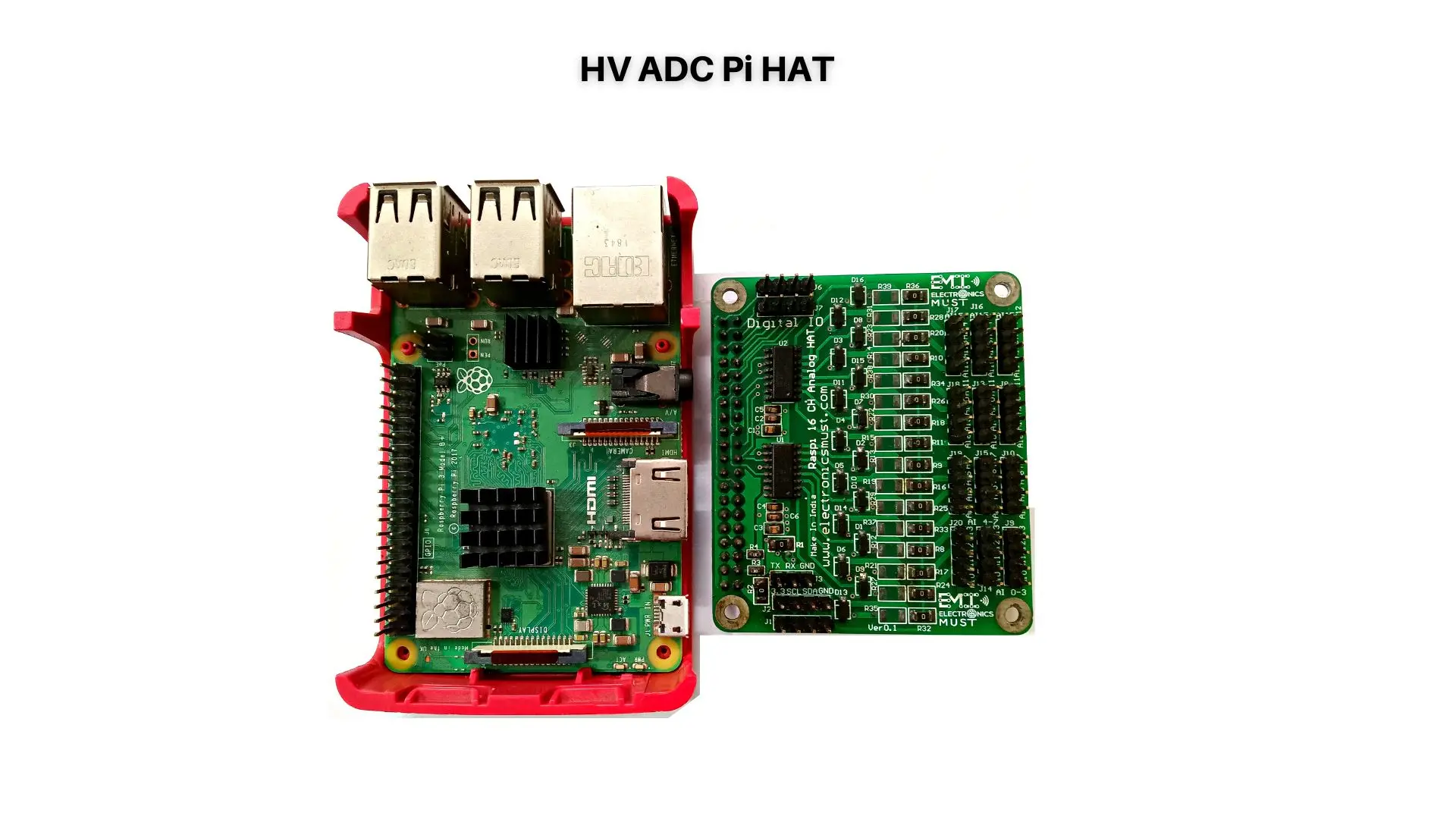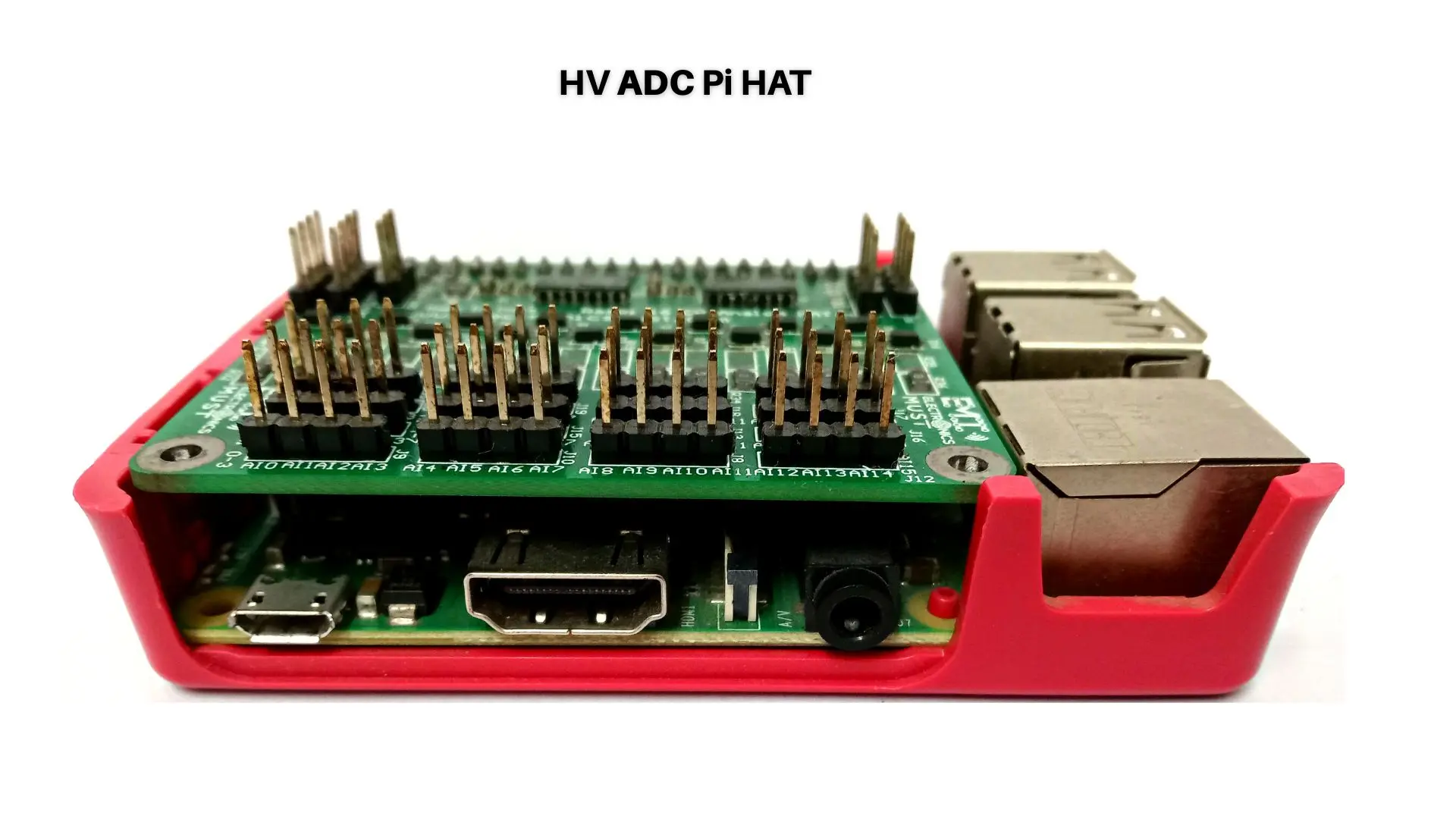Introduction
In the world of music, analog keyboards have a timeless appeal, captivating musicians with their warm and rich sounds. These instruments rely on the magic of analog circuitry, which forms the foundation of their unique and expressive sonic character. At the heart of this circuitry are two essential building blocks: oscillators and filters. Oscillators generate the raw sound waveforms, while filters shape and sculpt the sound, allowing musicians to create a diverse range of tones. In this blog, we will delve into the fundamental elements of analog keyboards, exploring the benefits of oscillators and filters, understanding their role in sound synthesis, and uncovering the factors that influence their design.
Benefits of Oscillators and Filters in Analog Keyboards
1. Versatile Sound Generation: Oscillators are the workhorses of sound generation in analog keyboards. They produce various basic waveforms, such as sine, sawtooth, square, and triangle waves, forming the foundation of a wide range of sounds. Filters, on the other hand, allow musicians to sculpt these waveforms, adding richness and complexity to the sound. The combination of oscillators and filters enables musicians to create versatile and expressive timbres that span from smooth and ethereal to gritty and aggressive.
2. Warm and Organic Tones: One of the most cherished qualities of analog keyboards is their warm and organic tones. The continuous and smooth signal produced by oscillators and the natural resonance of filters contribute to this desirable sonic character. Unlike digital synthesizers, analog keyboards produce harmonically rich and naturally evolving sounds, creating a connection with musicians and listeners alike.
3. Real-time Sound Shaping: Oscillators and filters in analog keyboards offer real-time sound shaping capabilities. Musicians can adjust various parameters, such as frequency, resonance, and modulation depth, in real-time, allowing for immediate and intuitive control over the sound. This hands-on approach to sound sculpting empowers musicians to shape their performances with a deeply personal touch.
4. Dynamic and Expressive Performance: The interplay of oscillators and filters adds a dynamic and expressive dimension to performances. Modulating filter parameters with envelope generators or LFOs (Low-Frequency Oscillators) enables musicians to create evolving and animated sounds. This expressive potential enhances musical storytelling and emotional communication through the instrument.
Other Factors in Understanding Oscillators and Filters in Analog Keyboards
1. Types of Oscillators: Analog keyboards can employ different types of oscillators, each with its unique characteristics. Voltage-Controlled Oscillators (VCOs) are common in many analog synthesizers and offer precise tuning control. Digital Waveform Generators (DWGs) use digital techniques to generate waveforms and can provide a broader range of sound possibilities. The choice of oscillator type influences the tonal palette and capabilities of the instrument.
2. Waveform Mixing: Oscillators often include waveform mixing options, allowing musicians to combine multiple waveforms to create complex and layered sounds. Waveform mixing adds depth and texture to the sound, making it an essential feature in sound design.
3. Filter Types: Analog keyboards feature various filter types, such as low-pass, high-pass, and band-pass filters. Each filter type shapes the sound in distinct ways, emphasizing or attenuating certain frequency ranges. The choice of filter type greatly impacts the tonal character and versatility of the instrument.
4. Filter Resonance: The resonance parameter in filters enhances specific frequencies, creating a resonant peak around the cutoff frequency. At higher resonance levels, filters can produce a distinct “self-oscillation” effect, where the filter itself generates a pitched sound. This creative use of resonance expands the sonic possibilities of analog keyboards.
5. Filter Envelopes and Modulation: Envelopes and modulation sources, such as LFOs and envelope generators, can be routed to control filter parameters. For example, applying an envelope to the filter cutoff frequency allows for dynamic and evolving timbral changes over time. Modulation brings movement and expressiveness to the sound, enriching the musical experience.
Conclusion
In the realm of analog keyboards, the fundamental building blocks of oscillators and filters form the backbone of sound synthesis. The benefits of these components, such as versatile sound generation, warm tones, real-time sound shaping, and expressive performance, contribute to the enduring appeal of analog keyboards.
Oscillators generate the raw waveforms, while filters sculpt and shape these waveforms, allowing musicians to create a diverse array of sounds. The combination of different oscillator types, waveform mixing, filter types, and modulation sources opens up a world of sonic exploration and creative expression.
The warm and organic tones produced by oscillators and filters resonate deeply with musicians and listeners, creating a sense of connection and emotional communication through music. Analog keyboards continue to captivate musicians with their timeless appeal, offering a rich and dynamic musical experience.
As we explore the building blocks of oscillators and filters in analog keyboards, we are reminded of the artistry and craft behind sound synthesis. Musicians, composers, and enthusiasts alike embrace the journey of shaping sounds, creating melodies, and composing stories through these magical instruments.
So, let us celebrate the magic of oscillators and filters in analog keyboards, where the convergence of technology and creativity unlocks a world of musical possibilities. With each keystroke and modulation, we embark on a sonic adventure, where the synthesis of oscillators and filters paints a vibrant tapestry of musical expression. As we continue to explore and understand these fundamental elements, we unlock the true potential of analog keyboards, creating melodies that echo through time and touch the hearts of generations to come.






